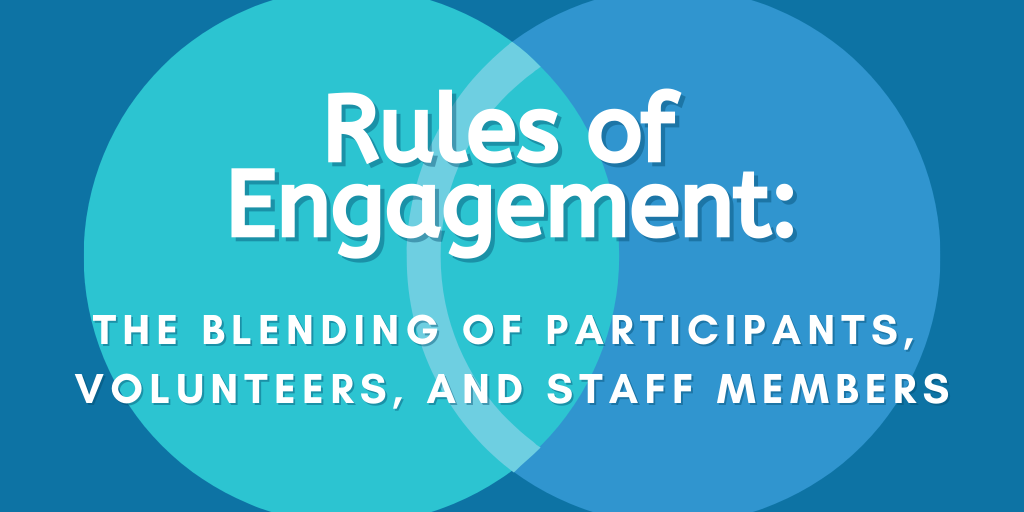
Not everyone thinks they need help and not everyone wants to acknowledge the fact, even if they realize they do. In a recent Volunteer Canada webinar, Paige Bromby of Guelph’s 10C Creating Space for Change, addressed a key point: people tend to be more engaged if they feel they are helping others, rather than just helping themselves. This is an aspect of what’s known as “Helpers’ High” – we tend to feel good when helping others. She recommends reaching out to clients/participants, asking them for input and help to connect with the community as 10C and Volunteer West Island have done with their collaborative outreach programs for seniors, Connecting Circles for intergenerational virtual conversations, and Young at Heart 55+ Club, respectively.
Before you were the one who helped. Now you need help.
The assistance is necessary and it’s wonderful that there are people willing to lend a hand.
Still, accepting help and the waiting are hard because you are not in control anymore.
– Volunteer West Island client
As volunteers or staff members, we need to put ourselves in the position of the people – seniors and other target populations – we’re assisting and imagine how we would feel if roles were reversed. What we usually discover is that accepting help is indeed hard. Asking for help is anathema for many of us.
Those whom we help in the community through our organizations and services are the same people they were when they were providing assistance to others. Often program participants possess valuable skills, perspectives, and expertise gained through experience that they would be willing to share with the community if asked.
Most of us come to realize that we all need or will need support at times and we understand how important it is to retain a sense of dignity, self-efficacy, and usefulness. These feelings of affirmation can be enhanced when we are invited to make a contribution to an endeavour. Asking participants for help with a community program or service can result in positive results for all concerned. To use Ms Bromby’s phrasing, “blending the involvement” of participants, volunteers, and staff can increase the likelihood of engagement and can frequently enrich the activity.
See Paige Bromby’s blog: Engaging Virtual Volunteers: Volunteers as Participants

